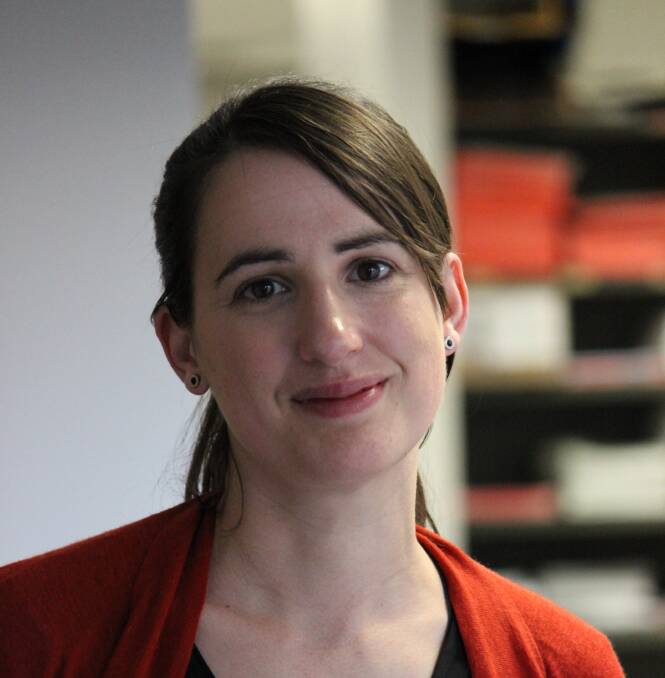
MINING reliant Cessnock and Muswellbrook faced the most disadvantage in the Hunter in 2016 and sat in the bottom 30 per cent of all local government areas in Australia, data shows.
Subscribe now for unlimited access.
or signup to continue reading
Census data released at the Hunter Research Foundation Centre’s economic breakfast on Friday also shows that the Hunter’s richest suburbs have around double the median household income of the poorest, compared to Sydney, where the gap is closer to three times.
A small number of Hunter suburbs such as Windale persistently rank amongst the State’s most disadvantaged, HRFC said.
Data from the 2016 Census’ Index of Relative Socio-economic Disadvantage shows that between 2011 and 2016, only Dungog’s LGA witnessed a significant boost in ranking.
Meanwhile Muswellbrook, Upper Hunter, Singleton and Maitland all experienced a notable increase in relative disadvantage in the same five-year period.
In 2016, Cessnock and Muswellbrook languished in the bottom 30 per cent of LGAs in Australia, while the LGAs of Newcastle, Lake Macquarie, Dungog and Singleton had the highest scores, or the least disadvantage, doing better than 70 per cent of Australian LGAs.
The waning of the mining investment boom from 2013 and job losses in manufacturing were among the factors that had contributed to the decline in ranking of many Hunter LGAs and suburbs, HRFC reported.
“There was also rapid growth in house prices in certain suburbs. That, in turn, intensified spatial sorting – the clustering of people with high incomes in some postcodes and low incomes in others,” HRF’s economic indicators state.
The 2016 IRSD index shows among those least disadvantaged Hunter suburbs are Merewether-Junction, Newcastle-Cooks Hill, Seaham-Woodville, Maitland-North, Valentine-Eleebana. Those considered disadvantaged were Raymond Terrace, Beresfield-Hexham, Shortland-Jesmond and Cessnock.
HRF lead economist Dr Anthea Bill said while Hunter LGAs remained consistent in their ranking against each other, many had slipped in their national ranking in terms of disadvantage.
The centre’s research showed that disadvantage impacts on someone’s sense of wellbeing, with personal wellbeing viewed as a psychological “steady state”.
lead economist Dr Anthea Bill said while Hunter LGAs remained consistent in their ranking against each other, many had slipped in their national ranking in terms of disadvantage.
She said the centre’s research showed that disadvantage impacts on someone’s sense of wellbeing, with personal wellbeing viewed as a psychological “steady state”.
Data from the 2016 Hunter Wellbeing survey shows younger age groups (18-29 years) disproportionately face the most challenges: “They are more likely to be short of money to meet every-day needs, experience financial stress, and report that their housing is unaffordable,” the HRFC says.

